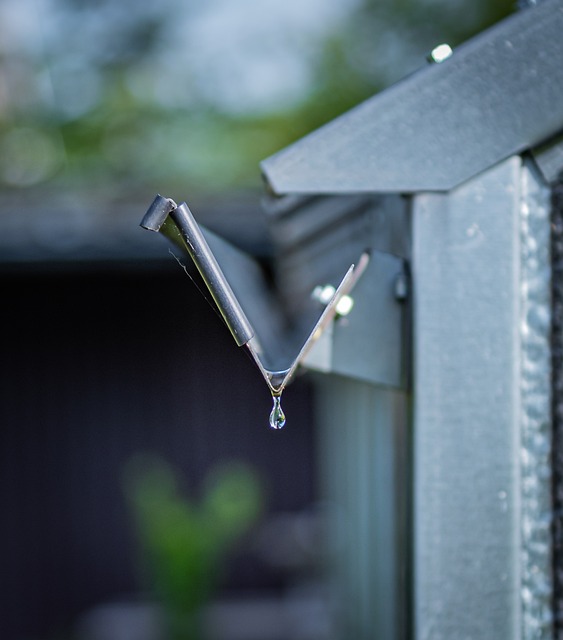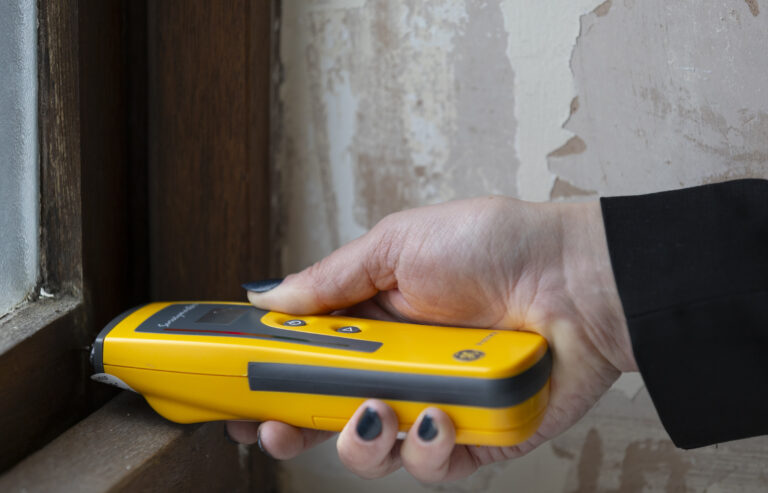Rain, Parapets, Gutters and Downpipes – calm yourselves…
It will be no surprise for anyone living in the South West (and particularly West Cornwall) that rain features on a seemingly almost daily basis. Your hunch is broadly correct with most recent data recording 204 days of rain with an average rainfall volume of 1465mm per annum, 15% higher than Lerwick in the Shetland Isles. The Cornwall Climate Risk Assessment commissioned by Cornwall Council, predicts an increase in rainfall intensity (the Met Office forecasts extreme rainfall events to increase fourfold by 2080) and stronger more frequent storms.
While residential owners are likely to be reasonably aware of the condition of rainwater goods, commercial occupants and particularly those with unused upper floors (likely with retail units) less so with a not unreasonable ‘out of sight out of mind’ mindset. Hence our interest in rain, parapets, gutters and downpipes.
Roof coverings have a primary role in protecting a building’s internal structure from the deleterious effects of rainwater ingress with gutters, downpipes and detailing to parapet walls critical to rainwater management. And yet, look up next time you are in your local high street, and you are likely to see an array of well-established flora creating high rise gardens.
While only slightly exaggerated, the effect of a large accumulation of organic material will lead to rainwater surcharge to adjacent building fabric, deterioration of render, loss of pointing mortar and steady loss of vulnerable facing stone. More insidious is what is not easily seen: rot to fascias and soffit boards, rafter ends and timber wall plates.
Many buildings are provided with parapet walls as part of the aesthetics of the building. By definition, a parapet gutter cannot be easily viewed and can steadily develop restricted rainwater flows leading to surcharge into the roof space. A recent inspection found extensive rot to timber wall plates and levelling timbers to the extent that the wall plates had collapsed resulting in the roof trusses shifting out of line affecting the overall structure of the roof. The budget cost for corrective works was in the region of £60,000.00.
Why clear out gutters?
As with the majority of building maintenance issues ‘a little often’ is a good metric to follow with corrective works undertaken in the early stages of deterioration. The single most important early (and regular) intervention for general rainwater goods and parapet gutters is clearing of organic material.
While camera assisted vacuum poles operated from ground level are a useful and cost-effective tool, they will not be completely effective in all circumstances and will not determine the robustness of fixings, joints and adjacent detailing. Mobile Access Platforms – Cherry Pickers – provide ‘hands on’ inspection but are likely to require street licences in order to operate in high traffic areas. Minimum rental periods and relatively high hire costs for single property clearing can be overcome by cooperation with neighbouring occupiers and completing clearance work to several properties. Scaffold towers can supplement access to harder to reach areas subject to height restrictions.
Whichever means are employed to undertake clearance of accumulated material the result will see the most critical elements of the building remain resilient to increasingly adverse weather events.
For assistance with inspection of rainwater goods, parapets and roof space, please contact Robert Allen or Luke Osborne. We have a team of building surveyors around the South West ready to help.





